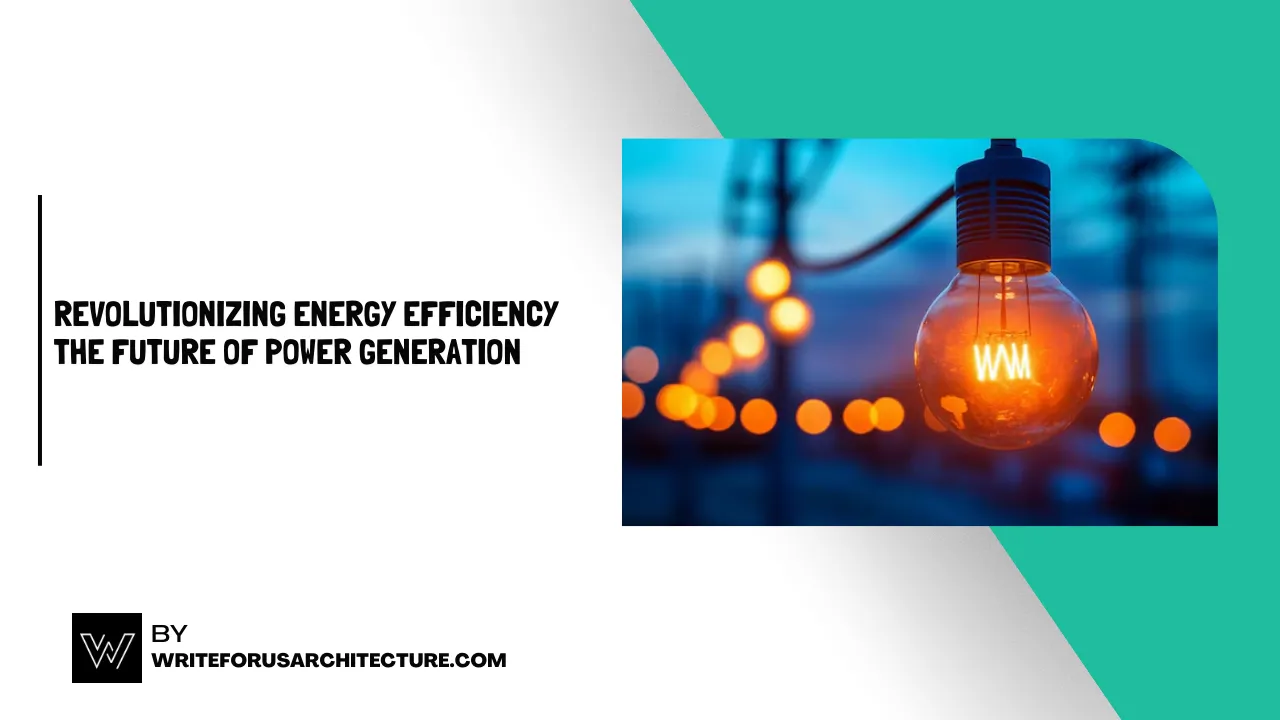With the dawn of industrialisation, the energy market also rose and the need for power generation increased globally. Although conventional methods of power generation took a toll on nature and thus raising the issue for environmental hazards.
In the last decade, energy efficiency and eco-friendly methods to harness power have become the pivotal point.
Since demand for power is only going to rise, industries and the governments have started to focus upon adopting innovative solutions. We must be active in choosing the methods that address the problem of efficient energy consumption, ultimatelly reducing environmental footprints significantly.
While on one hand energy efficiency will help in moving towards a more sustainable future, the other side of the coin is technological advancements and economic growth possibilities for organizations and individuals as well globally. Energy efficiency is a promise for bringing together the social needs, economic growth and environmental safety all at one place.
The Role of Renewable Energy in Power Generation
For shifting from conventional energy sources to energy efficiency can be done by harvesting from renewable energy sources, like the sun that provides ud unlimited energy everyday and yet we use only a fraction of it to generate power. Wind and Hydro-electricity can be harvested. These sources are crucial today as they offer a sustainable and clean substitute for traditional fossil fuels.
Switching to renewable energy is an inevitable step, with the growing demand, non-renewable sources of energy would not be able to meet the developmental needs. The International Energy Agency notes the sharp rise in renewable energy statistics globally, this indicates a growing contribution to the global energy mix and potential to guide us towards a future that has sustainability, adaptability and development.
Smart Grids: The Digital Backbone
Smart grids are the digital backbone of the energy system today, it is an innovative solution to supply electricity to homes, offices and factories. This smart grid is engineered not only to send electricity but exchange information along with it.
A smart grid has 3 main parts to it:
Infrastructure System
These are the wires, poles and transformers that would be carrying electricity from the power stations to our homes. This will also be functioning in exchange of data too.
Management System
This special system monitors the electricity supply and consumption. Minor problems like power outages, it can easily fix that.
Protection System
This is to keep the system safe from damages and mitigate any problems.
Benefits of a Smart Grid
- Electricity is used more efficiently and thus it saves from wastage.
- Problems are fixed faster.
- It is an economic step in terms of saving money for the industries and individual customers.
- Based on renewable energy sources like solar and wind power.
Smart grid technology focuses on smart meters and offers greater transparency and control over their energy usage. Smart meters help you monitor electricity consumption in your home and get accurate bills.
Energy Storage Solutions: Bridging Supply and Demand
Our energy supply needs are not very constant, at the rate of consumption fluctuates and thus saving power is not enough, storing energy for future uses is an important element for development.
Mainly there are two types of energy storage systems.
Advanced Battery Systems
These batteries can store a lot of energy, mostly used in factories and power stations to supply electricity during power cuts or peak hours of electricity usage.
Pumped Hydro Storage
As the name suggests this system stores the electricity using water. Whenever there is extra energy the water is pumped to a higher place. And when the demand for electricity increases the water is released to flow down, turning turbines to produce electricity.
Cutting-Edge Innovations in Energy
Artificial intelligence has found its way into every field of human advancement, and thus integrating with machine learning can revolutionize energy efficiency attempts. These technologies are the foundation for future power grids as they can play a key role in anticipating energy requirements and optimizing consumption patterns.
Energy Efficiency in Infrastructure and Urban Planning
Cities are ever expanding and thus it is crucial to integrate energy-efficient designs with infrastructure. Green architecture and sustainable urban planning ensure that cities can be built with the least possible damage to the environment. When government policies favour sustainable development and innovative designs are encouraged, then only there is a better future ahead for us.
Also Read:

